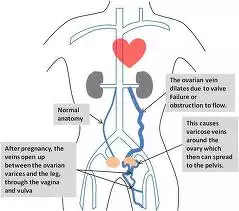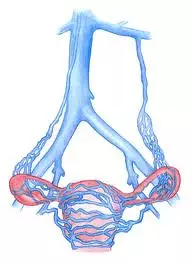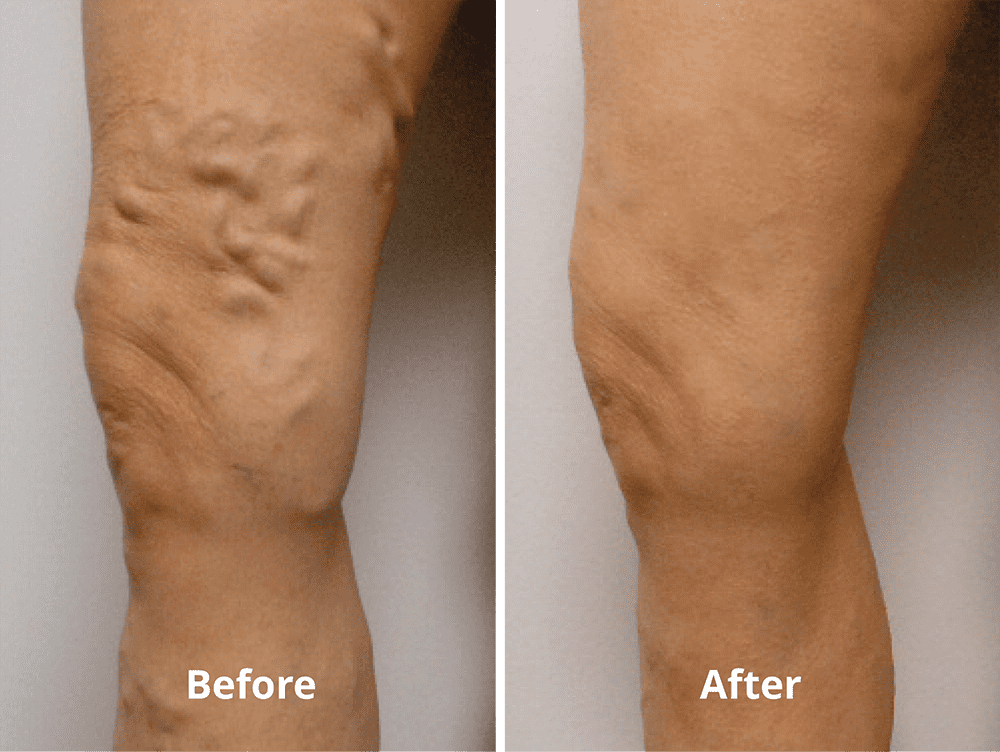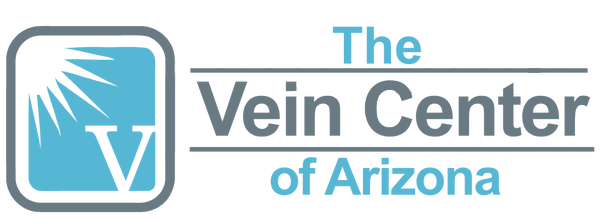Some studies show that 30% of patients with chronic pelvic pain have pelvic venous insufficiency. Risk factors for developing pelvic insufficiency include multiple pregnancies, polycystic ovarian disease, fullness of the leg veins, and hormonal dysfunction. Pelvic congestion syndrome most commonly occurs in young women , and usually in women who have had at least 2-3 children. However, in men it presents with a varicocele or varicose vein next to the testicle.
Pelvic Congestion Syndrome
What is pelvic congestion syndrome?

What are the symptoms?
Symptoms of Pelvic Congestion Syndrome
Pain during or just after having sex is one of the most common symptoms of pelvic congestion syndrome. Irritible bowel and irritible bladder, hip pain and fullness in the pelvis are other symptoms. There may be visible varicose veins in the groin area, buttocks, or upper thigh. The symptoms also tend to get worse at the end of the day and are somewhat relieved by lying down.
Pelvic Pain
Women with PVI usually complain of a dull aching and heaviness in the pelvis that increases when standing, during pregnancy, and during menstruation. Sometimes this pain may be experienced in the lower back.
Other symptoms may include:
- Pelvic pain
- Abnormal vaginal bleeding
- Clear or watery discharge from the vagina
- Fatigue
- Headaches
- Abdominal bloating

How are they treated?
Quick, effective outpatient visits treat the root cause, not just the symptoms.
Diagnosis
We treat vein issues using a stepwise approach. We start by identifying the problem with an ultrasound study of the legs. Once the bad veins are identified, we discuss the various treatment options and tell you which ones we think are the best for you.
Treatment
PVI is often treated with non-steroidal anti-inflammatory drugs. If that is insufficient, sclerotherapy or embolization of the vein may be used to block blood flow to the varicose veins.
The Vein Center of Arizona offers patients a wide variety of treatment options:
Comprehensive Treatment Plan
More
Conservative Management
More
Radiofrequency Ablation (RFA)
Endovenous Laser Treatment
More
Sclerotherapy
More
Foam Sclerotherapy
More
Ambulatory Micro-Phlebectomy
More


“I can now endure intense cardio and leg workouts, and it does feel like I’ve been given a new set of legs.”
Schedule a Consultation
Fill out this form or call 123
(928) 726-8346 today!
